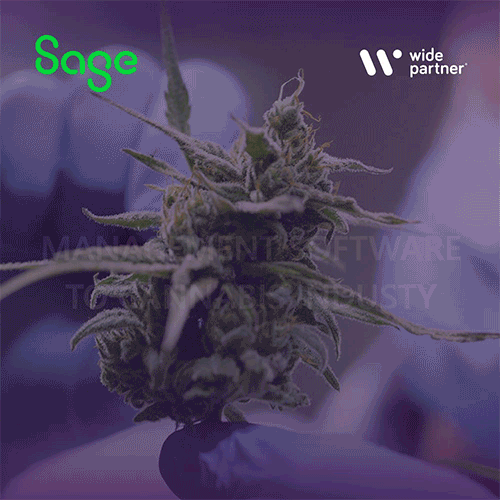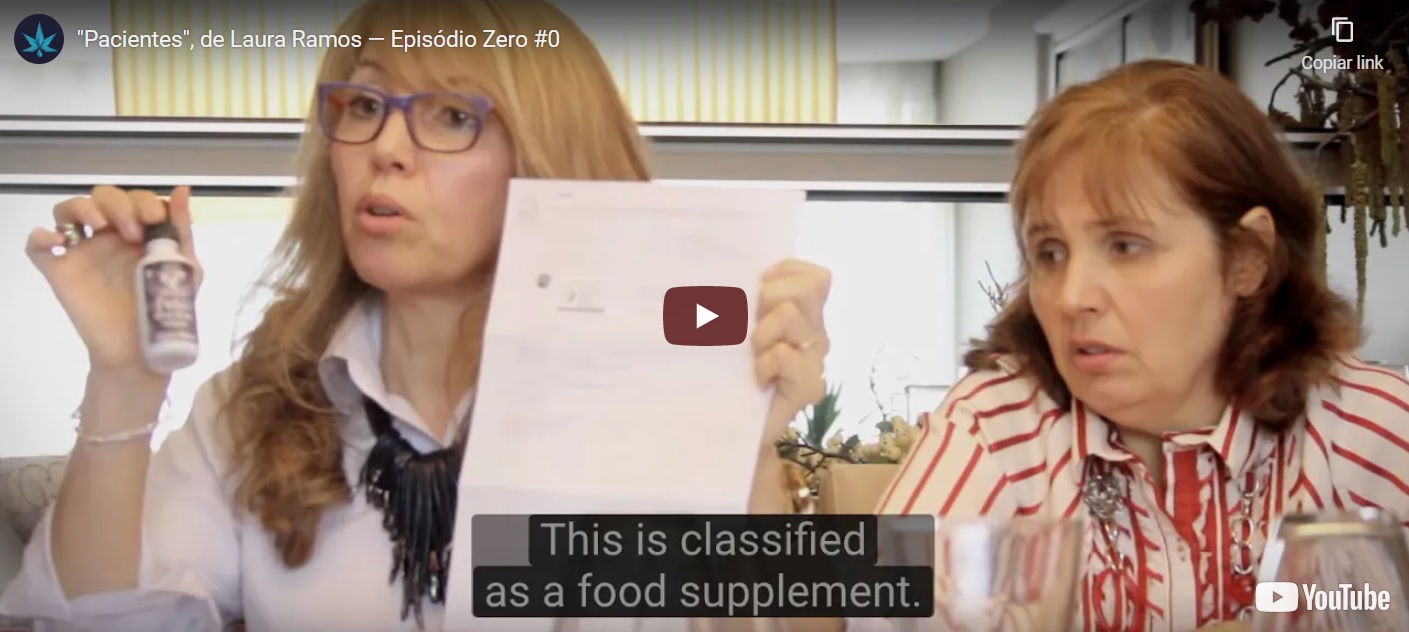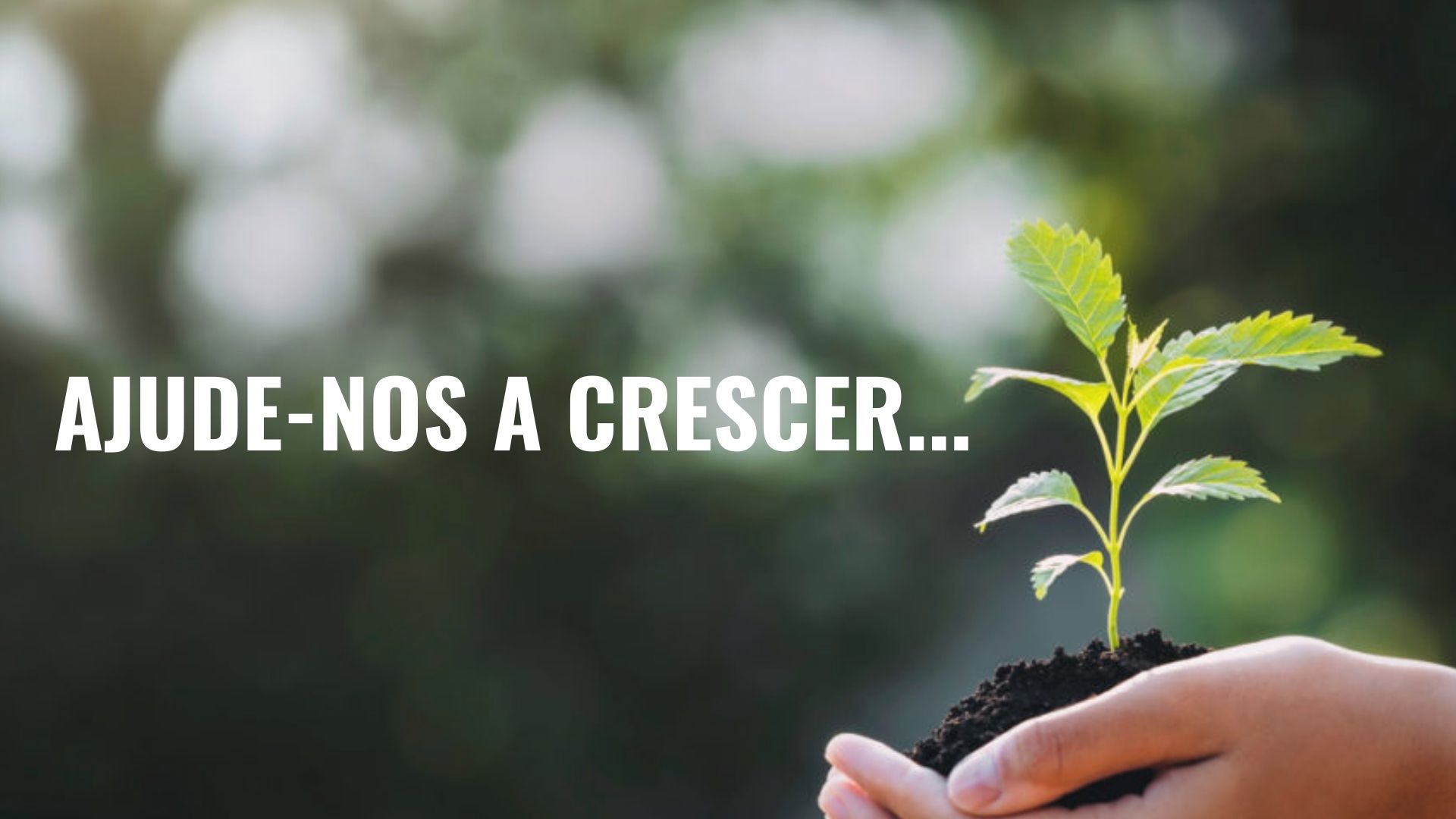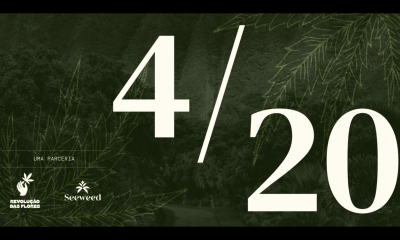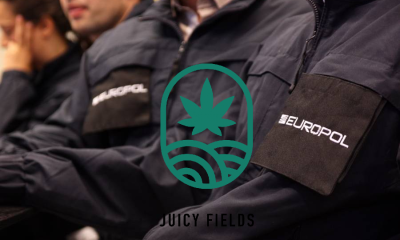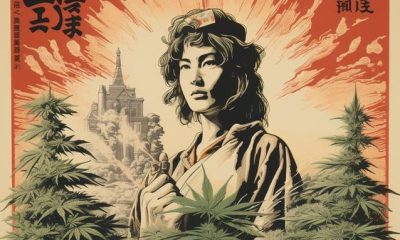In any home cannabis cultivation, careful planning is half the way to success. The choice of the varieties that we are going to grow plays an important role in this initial stage in which we design our next cannabis adventure. In this first article, we will start by addressing the parameters on which we must support the choice of our seeds and we will close with a quick guide on how to germinate seeds, with a view to achieving as high a germination rate as possible.
Text from tricot, originally published on #1 by Cannadouro Magazine
Macrophotography by Tommy L. Gomez
Autoflowering or Photodependent?
When choosing seeds, it is important that the decision between photodependent or autoflowering is made in a conscious and informed way, with considerable consideration, taking into account its strong implications in the planning we make of our cultivation. The technique [ppp_patron_only level=”3″ silent=”no”]
of cultivation that we intend to put into practice, as well as the type of cultivation (indoor, outdoor, guerrilla, balcony cultivation, etc.), among other parameters, must be taken into account when choosing between photodependent or autoflowering.
Photodependent plants are those that, as partially implied by their name, are dependent on the number of hours of daily light to transition from the vegetative stage to the flowering stage. Outdoors, flowering begins at the height of summer, when the days start to get shorter and we approach 12 hours of daily light. Indoors, with artificial light, it is the grower who makes the decision, changing the photoperiod from the common 18/6 (ie 18 hours of light and 6 hours of darkness) to 12/12. In this way, the grower has full control over when flowering begins.
On the other hand, autoflowering plants are those that start flowering when they reach a certain age, which normally occurs between 3 and 4 weeks after germination. Its flowering starts within this time frame regardless of the photoperiod to which the plant is subject. They are also known as “automatic” plants, which tends to lead less experienced growers to the wrong assumption that they are easier to grow, as if all stages of their life cycle unfolded “automatically”.

Cream Caramel®
But for any less experienced indoor grower, autoflowering plants add an extra difficulty. At 3 or 4 weeks after germination, plants begin to flower, regardless of their health and structure at that exact moment. Thus, the grower does not have any time to correct any unforeseen events, such as excesses or deficiencies in fertilization, pests, slow growth due to inadequate parameters, etc.
On the contrary, in the case of photodependent varieties, the grower assumes full control of the moment when the plant begins to flower, so he has in his hand the possibility of deciding to wait a few more days or weeks until any unforeseen event is resolved, even with the plant in question. vegetate. In this sense, we advise any less experienced grower to opt for the photodependent ones, leaving the autoflowering ones only for when they have enough experience to be sure that 25 days after germination the plant will be healthy and with an adequate stature at the beginning of flowering.
Main advantages of photodependent plants:
-> Total control over the flowering start time;
-> Trend towards a richer cannabinoid profile;
-> Tendency towards more pleasant terpenes;
-> Possibility of more generous production;
-> Possibility of selecting mother plants for cultivation from clones.
Main advantages of autoflowering plants:
-> Faster crops;
-> More than one annual harvest abroad;
-> Possibility of cultivation with the light always on indoors, which allows to reduce the thermal amplitude;
-> Possibility of cultivation on balconies where public lighting is applied.
Sativas, Indicas or Indica-Sativa hybrids?
Plants with a predominance of Sativa or Indica differ in terms of plant structure and stature, flowering time, sensitivity to cultivation parameters, but mainly in terms of the effects and organoleptic characteristics of the final product. It is important for the grower to make an informed choice as the differences between Sativa and Indica are substantial.
Indica
Indica-dominant plants tend to develop with a shorter stature and a more bushy structure, with a higher number of branches and a very short space between nodes, which makes the plant much more compact. The aforementioned traits associated with a trend towards shorter flowering times, usually between 7 and 9 weeks, make Indica plants known for being easier to grow, especially indoors with artificial light.
In terms of the cannabinoid profile and perceived effects, Indicas are known for their tendentially physical, narcotic, relaxing and anxiolytic effects. Its effect is suitable for moments of relaxation and rest, ideal for relaxing on the sofa or for a good night of deep and invigorating sleep.
As far as aromas are concerned, the Indica varieties can present notes of earth, banana, forest fruits, papaya, hops and spices, among others.
sativas
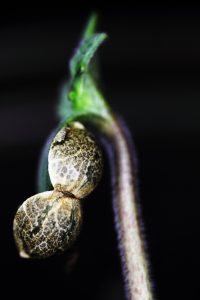
Big Devil #2 Auto®
Sativa-dominant plants are taller and have a more maritime pine-like structure, with a wider space between nodes. The flowering time is longer, usually between 9 and 12 weeks, which outdoors can only make them reach the ideal maturity for harvest in the second half of October or even later. This feature can be especially problematic in areas where the beginning of autumn includes rainy days and/or cold nights (temperatures below 12º C). In this sense, due to the extended flowering time and their less compact structure, Sativas tend to be a little more difficult to grow.
Regarding the effect, from plants with a predominance of Sativa we can expect euphoria, extra psychoactivity, feelings of lightness, energy, motivation and creativity. An effect suitable for nature walks, the practice of some sports, artistic practices, as well as socializing with friends.
The aromas of the Sativa-dominant varieties tend to present notes of citrus, mango, wood and sometimes light floral notes.
Indica-Sativa Hybrids
It should also be noted that any cross between Indica and Sativa varieties gives rise to hybrids that may vary in their indica-sativa percentage. Generally, even for those who have a clear preference for Indicas or Sativas, opting for 75%-25% hybrids may be more suitable. Or even 50%-50%, for the best of both worlds.
Regular or Feminized?
For about two decades, feminized seeds have invaded the market until then dominated by regular seeds. In the first years, this new concept of seeds gained a somewhat negative reputation, since the procedures adopted for their production were still far from ideal. Now, as is known, to obtain feminized seeds it is necessary to reverse the sex of a female plant so that it produces male flowers which, in turn, will produce pollen that is expected to be feminized.
In the early years, this sex reversal was achieved through the application of environmental stresses of different types. The pollen obtained was in turn used to pollinate flowers of other non-stressed female plants, in the expectation of a feminized offspring. However, it is a given that those plants that give in to sex reversal through environmental stress are prone to hermaphroditism. Something that was inevitably passed on to offspring, which gave a bad name to the first feminized seeds that appeared on the market, as it was all too common for these seeds to produce hermaphrodite plants themselves or, at the very least, extremely sensitive female plants, which at the slightest environmental stress they also produced male flowers, something extremely undesirable in any cultivation.
A few years later, between 2003 and 2005, some Spanish seed banks became pioneers in the production of feminized seeds using an alternative procedure to environmental stress for sex reversal. The sex reversal was then performed using Silver Thiosulfate, better known as STS (Silver ThioSulfate), a method of inducing the production of fertile male flowers in female cannabis plants developed by Indian botanist HY Mohan Ram.

Gorilla Girl®
By applying STS to female cannabis flowers, it became possible to reverse sex from female to male, even in plants that do not give in to sex reversal due to environmental stress. That is, those female plants more resistant to sex changes due to environmental stress and, therefore, less prone to hermaphroditism, could now be reversed in order to collect 100% female pollen. This pollen, later used to pollinate flowers of female plants, allows the offspring to present levels of femininity in the order of 99,7%, thus practically reducing the appearance of hermaphroditic plants in the offspring.
Thus, since the middle of the first decade of the present millennium, feminized seeds began to cleanse their image and gain the preference of a large majority of cannabis growers. The only, but very important, advantage of feminized seeds over regular seeds is the certainty that all the seeds that the grower germinates will give rise to female plants. Which, in turn, is extremely advantageous on several levels, such as saving usable space for indoor cultivation, saving land, labor in cultivation tasks, less spending on water and fertilizers, etc.
Seed Germination
For as high a germination rate as possible, we advise germination on paper (napkins, kitchen towels or tissues) that is damp but not soaked. Once placed between two layers of moistened paper, they must be hermetically sealed inside any plastic, glass or ceramic container for the first 24 hours.
After 24 hours, we open the container so that the condensation can dissipate, preventing the appearance of fungi. The container can be left slightly open for the next 48 hours. Usually the vast majority of seeds germinate in between 24 and 72 hours, but some seeds may need some time longer, up to 8 days. In this case, if at a certain point the paper has already lost much of its initial moisture, we recommend spraying water so that it recovers the lost moisture.
Most seed banks only place on the market the lots that pass the tests with germination rates above 95% and, during the first 3 years, this rate should be maintained as long as the seeds are properly preserved. If kept in a dark place, hermetically closed and protected from extreme temperatures, we guarantee that the moment we decide to germinate, they will reciprocate with the best of themselves.
[/ppp_patron_only]






















